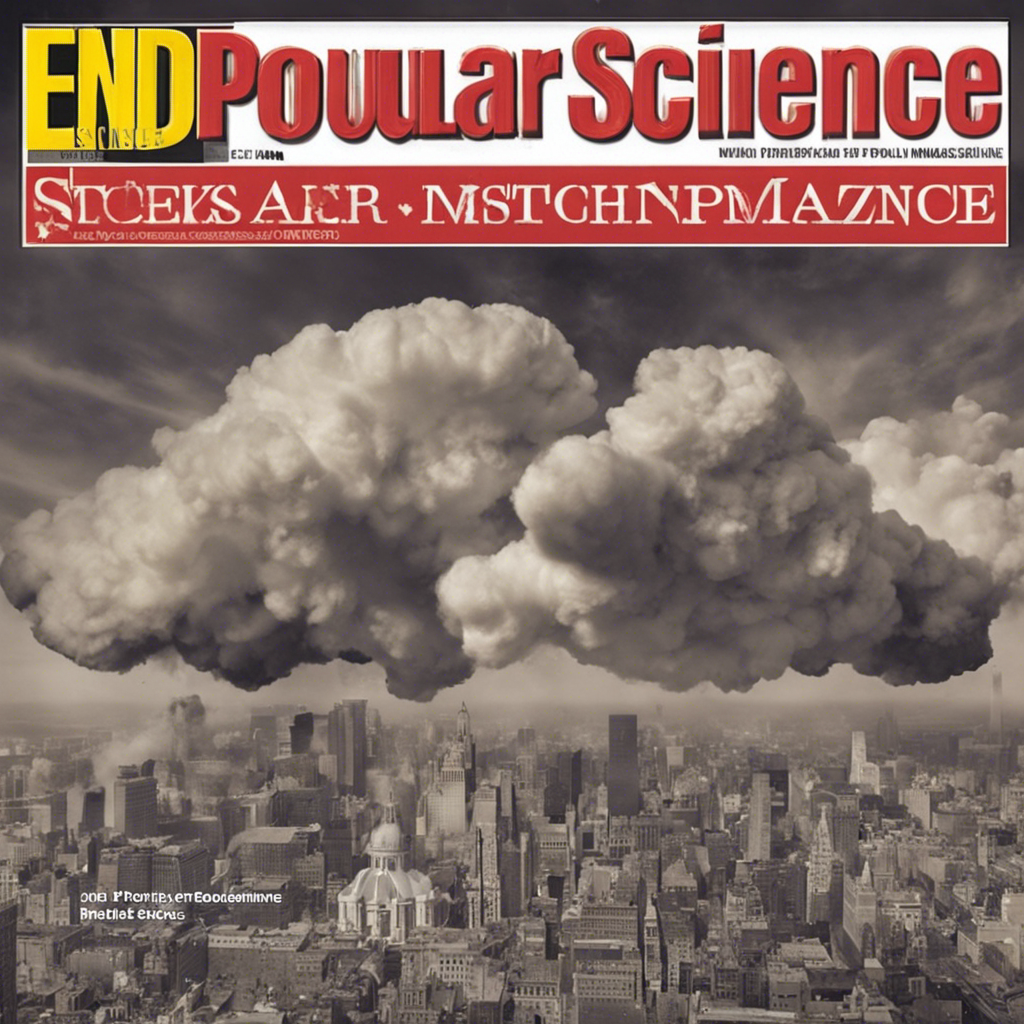PopSci’s decision to discontinue its magazine marks a significant shift in the media landscape, as the iconic publication seeks to adapt to changing consumer trends and prioritize new formats.
After 151 years of informing and inspiring readers with its coverage of science, technology, and nature, Popular Science (PopSci) magazine has made the difficult decision to cease publication. The move comes as the outlet’s parent company, Recurrent Ventures, aims to “evolve” beyond the traditional magazine format and embrace new ways of delivering content. This decision reflects the challenges faced by the publishing industry in the digital age, as well as the need to adapt to changing consumer preferences.
The Evolution of PopSci: A Legacy of Innovation
Since its inception in 1872, PopSci has been at the forefront of scientific journalism, captivating readers with its engaging articles and cutting-edge insights. Over the years, the magazine has witnessed significant transformations, from its transition to a quarterly publication in 2018 to its complete shift to digital in 2020. Despite these changes, PopSci has remained a trusted source of information, providing readers with a diverse range of stories that explore the wonders of science and technology.
The Impact of Digitalization on Print Media
The decline of print media has been a recurring theme in recent years, with many publications struggling to adapt to the digital landscape. The rise of online platforms and the increasing popularity of digital content consumption have posed significant challenges to traditional magazines. PopSci’s decision to discontinue its print edition is a reflection of these broader industry trends, as publishers seek to reallocate resources and invest in formats that resonate with today’s readers.
The Changing Landscape of Science Journalism
The discontinuation of PopSci’s magazine also highlights the challenges faced by science journalists in an ever-changing media landscape. Layoffs in the science beat have been particularly prevalent in recent weeks, with National Geographic, Gizmodo, and CNBC all making significant cuts to their editorial staff. These developments raise concerns about the future of science journalism and the potential impact on the public’s access to accurate and reliable scientific information.
The Future of PopSci: Embracing New Formats
According to Cathy Hebert, the communications director for Recurrent Ventures, PopSci’s content strategy needs to evolve beyond the digital magazine product. The publication’s news team, along with initiatives in commerce, video, and other formats, will play a crucial role in producing content that aligns with PopSci’s mission. While the discontinuation of the magazine may be disheartening for longtime readers, it signals a shift towards innovative approaches to science communication.
Conclusion: The end of Popular Science magazine marks the end of an era in scientific journalism. As the publishing industry continues to navigate the challenges of the digital age, magazines like PopSci are forced to adapt or risk becoming obsolete. While the discontinuation of the print edition is undoubtedly a loss, it also presents an opportunity for PopSci to explore new avenues for delivering captivating and informative content. As readers, we must embrace these changes and support the evolution of science journalism in the digital era.











